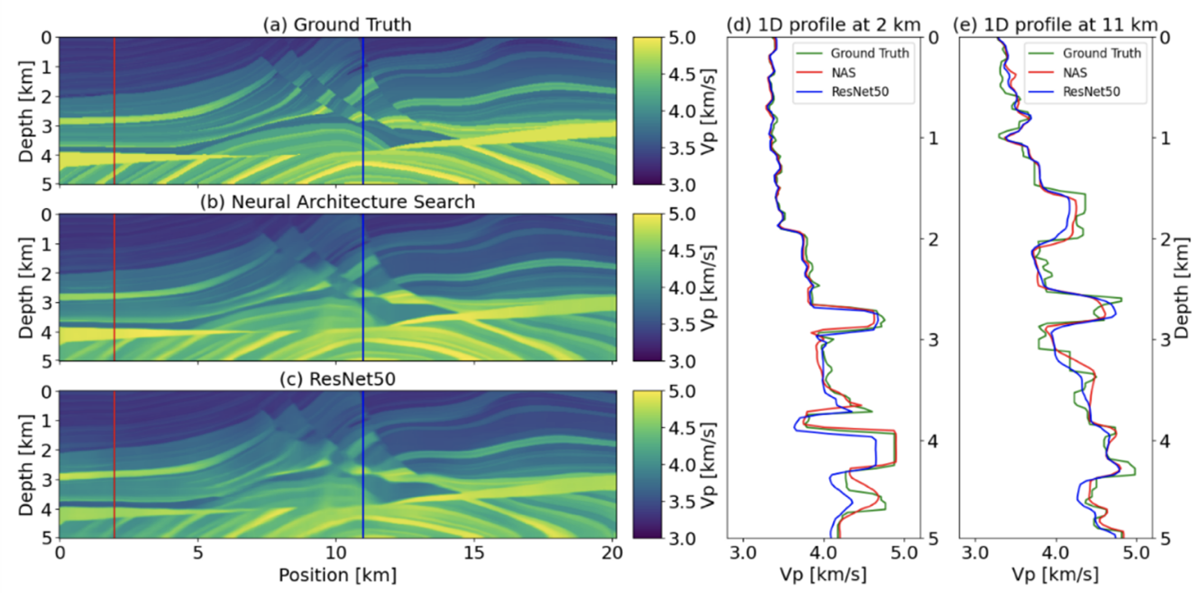News
Mit-PFN Energy and PGS to Collaborate on Deep Learning-Based AI Solution for Subsurface Structure Analysis
Research findings presented at conference for geoscience and engineering
2021.10.27
This is an announcement from Mit-PFN Energy, a joint venture between Mitsui & Co., Ltd. (Mitsui) and Preferred Networks, Inc. (PFN).
TOKYO – October 27, 2021 – Mit-PFN Energy (MPE) and PGS ASA (PGS) have signed a memorandum of understanding to jointly develop and commercialize a deep learning-based AI solution for subsurface structure analysis. Under the agreement, the companies will start joint research using PGS’s real-world seismic data.
Analysis of subsurface structures is required across the energy sector including oil and gas, carbon capture and storage (CCS) as well as renewable energy such as geothermal energy and offshore wind power. Headquartered in Oslo, Norway, PGS is a major marine geophysics company with a worldwide presence and extensive technical expertise in seismic analysis of subsurface structures. The collaboration aims to significantly reduce the turnaround time needed to generate images of subsurface structures whilst improving accuracy.
MPE has combined Mitsui’s energy industry expertise with PFN’s technological expertise to apply deep learning to seismic analysis, a common method to find underground oil and gas reservoirs using artificially induced shock waves. Using PFN’s MN-2 supercomputer, MPE has run large-scale simulations of seismic waves and used the obtained data to train a deep learning model that predicts subsurface structures. Some of the findings were presented this month at EAGE 82nd Annual Conference and Exhibition 2021, an international conference for geoscience and engineering.

In this experiment, MPE attempted to use a ResNet50-based deep learning model to predict P-wave velocity values from the simulated seismic waveform data from the Marmousi benchmark for subsurface analysis. The neural architecture was optimized using the Optuna framework, which resulted in successful prediction of the P-wave velocity values (Figs b-e).
Paper: T. Shibayama, N. Mizuno, H. Kusano, A. Kinoshita, M. Minegishi, R. Sakamoto, K. Hasegawa, and F. Kachi. Practical deep learning inversion using neural architecture search and a flexible training dataset generator. 82nd EAGE Annual Conference & Exhibition, October 2021. https://www.earthdoc.org/content/papers/10.3997/2214-4609.202112777
MPE expects the planned collaboration with PGS will further advance the development and commercialization of the AI solution that can facilitate efficient use of subsurface resources for CCS and renewable energy as well as oil and gas. PFN and Mitsui will continue building high value-added business models around deep learning technology to help companies address energy and climate change issues.
